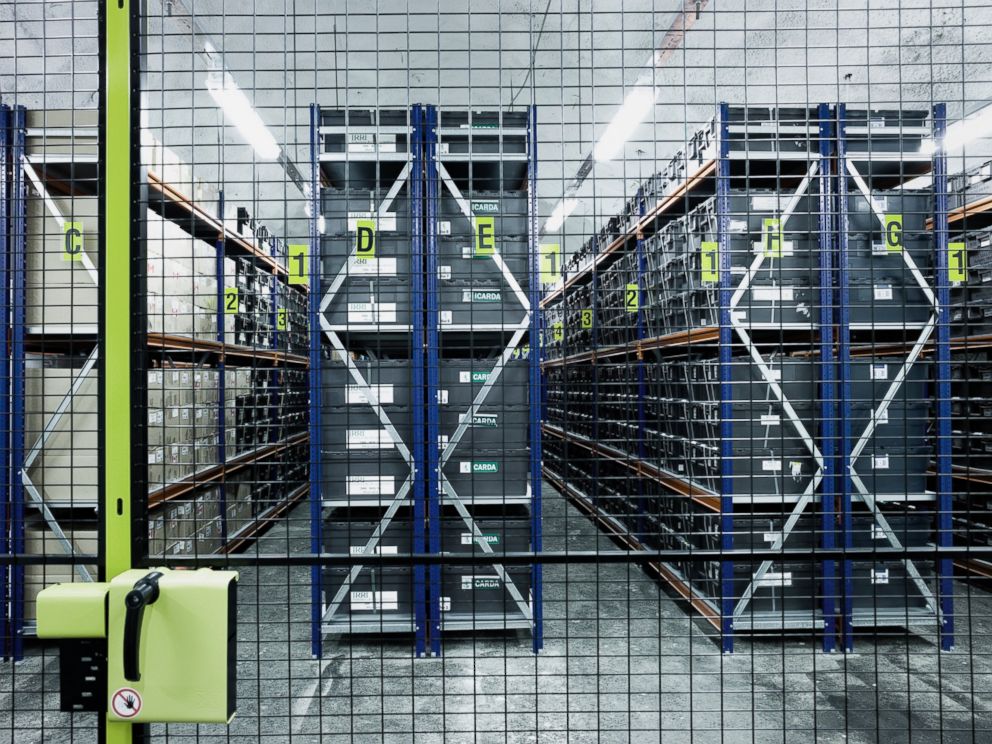
Lise Lykke Steffensen, executive manager of the Nordic Genetic Resource Center, one of the organizations that helped set up the vault, says: “As we travel to Svalbard this week to deposit seeds sent from genebanks located in three different continents, the mission of the Svalbard Global Seed Vault and the world’s genebanks has never been more important. “Amidst this great upheaval are signs that positive change is still possible and that the global community can continue to work together to solve urgent crises.” Schmitz adds: “Covid-19 is putting increased pressure on genebanks around the world, however, these institutions were still able to deposit their seeds for safeguarding, a testament to the resilience and importance of multilateral cooperation. As a backup to genebanks, the Seed Vault plays an essential role in food and nutrition security. Conserving our crop diversity and making it available for use is a prerequisite for future food security and better food systems. “We are losing the earth’s biodiversity at an accelerating rate. Stefan Schmitz, executive director of the Crop Trust, the organizational name for the vault, says: “The Svalbard Global Seed Vault protects the work and heritage of generations of farmers going back more than 10,000 years and contains the crop diversity to adapt our agriculture to the changing climate. In a worst-case scenario, if a genebank collection is destroyed or becomes inaccessible due to wars or extreme weather events, or if its collection is damaged due to a lack of sufficient funding or accident, the duplicate seeds will still be available for the depositor to retrieve from the Seed Vault and start anew.ĭespite the ongoing pandemic, the Seed Vault is scheduled to open twice more this year, in May and in October. The Seed Vault was opened in 2008 as a backup for genebanks around the world to conserve duplicates of their crop diversity. New features in the updated database system, The Seed Portal, make this possible. This deposit will mark a notable first: JKI’s seeds will be deposited into the same box as last year to save space for future shipments. The Seed Vault safeguards more than 1 million seed samples in total, deposited by almost 90 genebanks over the past 13 years. SADC Plant Genetic Resources Centre in Zambia and.the Julius Kühn-Institute (JKI) in Germany.


In total, five genebanks are depositing almost 6,500 seed samples at the Seed Vault: The Seed Vault is described as “humanity’s largest crop diversity collection”, and one that is designed to endure the effects of time. This deposit includes the seeds of many other crops from genebanks in Africa, Europe and South Asia.įruits and vegetables may not come to mind when picturing the frozen, barren landscape surrounding the Svalbard Global Seed Vault, within the Arctic Circle, but that’s where their seeds will be deposited for long-term safekeeping this week.Ī worker inside the Svalbard Global Seed Vault When construction began in 2006, the concept behind the seed vault was to ensure that Earth’s plant life can be replenished in the event of natural or manmade catastrophe.Īmong the first deposits of 2021 are seeds of watermelon, strawberry and pumpkin, coinciding with the United Nations’ Food and Agriculture Organization’s International Year of Fruits and Vegetables. Sometimes referred to as a “doomsday vault”, it is a long-term seed storage facility with the capacity to store almost 5 million different seed samples from all over the world. The Svalbard Global Seed Vault, located on the Norwegian island of Spitsbergen, has reopened for the first deposit of 2021.


 0 kommentar(er)
0 kommentar(er)
